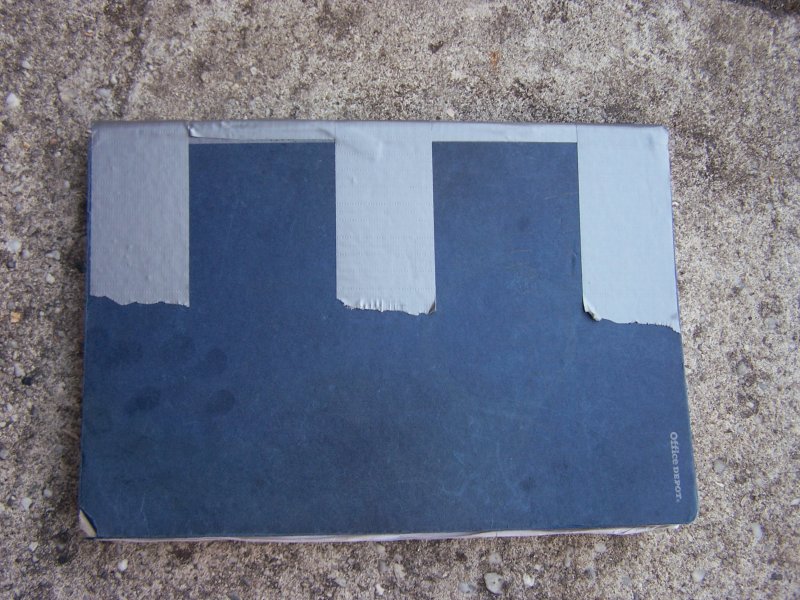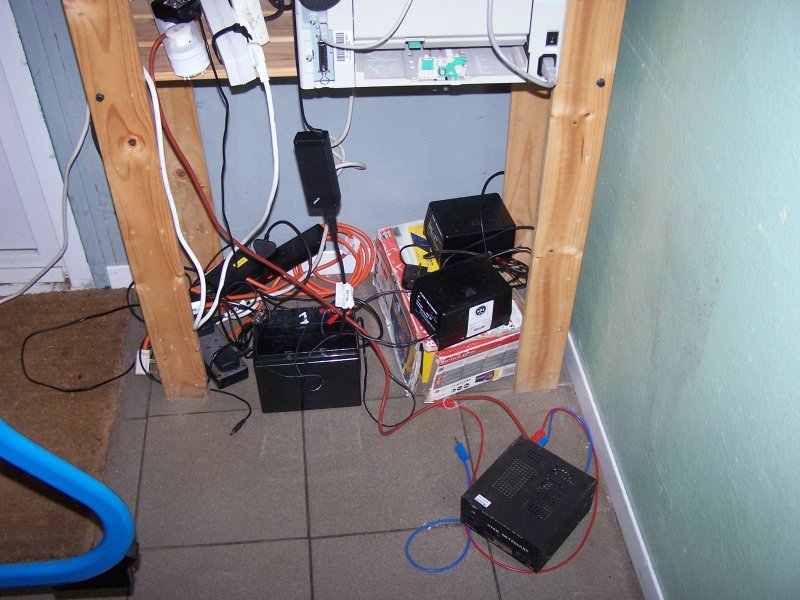Nearly three weeks later, I have more or less recovered from the geophysics field course. We were back on the Medoc peninsula this year. I blogged about this field area when we went there three years ago, so I won’t re-hash the whole thing. But here are a few random thoughts that occurred to me on the trip.
1. If you find yourself repairing your notebook with duct tape, you have had too many damp days in the field
The weather was not as nice as it was three years ago. But we got two nice days and one OK day to balance out the two drizzly days.
2. It is hard to make measurements on a landscape when a Frenchman in a huge orange digger is attempting to re-model that landscape
I guess that the point of these little sand hills was to prevent the sea from eroding the seaward face of the sand dunes, but it is just a guess.
3. Geophysics field work relies almost entirely on the charging of rechargeable batteries
This is a nest of gravity meters in the corner of my dormitory, staying warm on mains power and having their batteries recharged.
And this is (I think) batteries for the seismic gear. Hidden away somewhere else must have been the huge batteries they use for resistivity measurements. The battery thing is actually brought home to me more when we go to Derbyshire as all the equipment gets stored in the same room.
4. It is important to check whether you have access to the site.
Last time we were here, the fence round the sand dunes had fallen into disrepair and we just walked through it. This time, the fences had been repaired, and we had to climb over it. (I believe our French hosts had obtained permission for this.) We were careful to stay off the slopes of the dunes as much as we could. The dunes actually seem to be growing on the landward side; the short posts you can see at the bottom of each of the tall fenceposts are actually the top of the previous fence which the dune has swallowed up.
5. For gravity surveying you need station markers appropriate to the terrain.
For hard surfaces you can use chalk (or, better, chinagraph pencil — it is somewhat rainproof). And for turf I have often used white plastic plant labels. Neither is any good on sand, so this year I experimented with plant canes, adding a little flag made of duct tape. This worked remarkably well.
6. You might think you have collected all your station markers. You are probably wrong.
I went for a walk around the field site on the last day of the trip, while the students were preparing presentations on what they had discovered. I came home with six station markers. Hopefully I got them all, so that we left the site much as we found it.







